Draw the predicted product of the following reaction. Draw the products and mechanism for the following reaction. Draw the product(s) expected from the following sequence of reactions. Draw the expected product of the following reaction. Draw the products for the following reaction. Write NR If there is no reaction. (Image) Draw the major
Solved Draw the major product(s) that result from the | Chegg.com
Answer: C. Section: 8.3. Predict the major product of the following reaction. Answer: B. Section: 8.3. Name the major product which results when HBr is added to 3-ethyl-3-hexene. Answer: 3-bromo-3-ethylhexane. Section: 8.3. Provide the structure of the major organic product of the reaction below.

Source Image: homework.study.com
Download Image
VIDEO ANSWER: Okay. This problem is asking us to provide the different products in these different reactions with this compound right here. So let’s go ahead and try this out. … What is the product of the following reaction? Question. Answered step-by-step. Draw the products of the following reactions: Video Answer. Solved by verified expert.
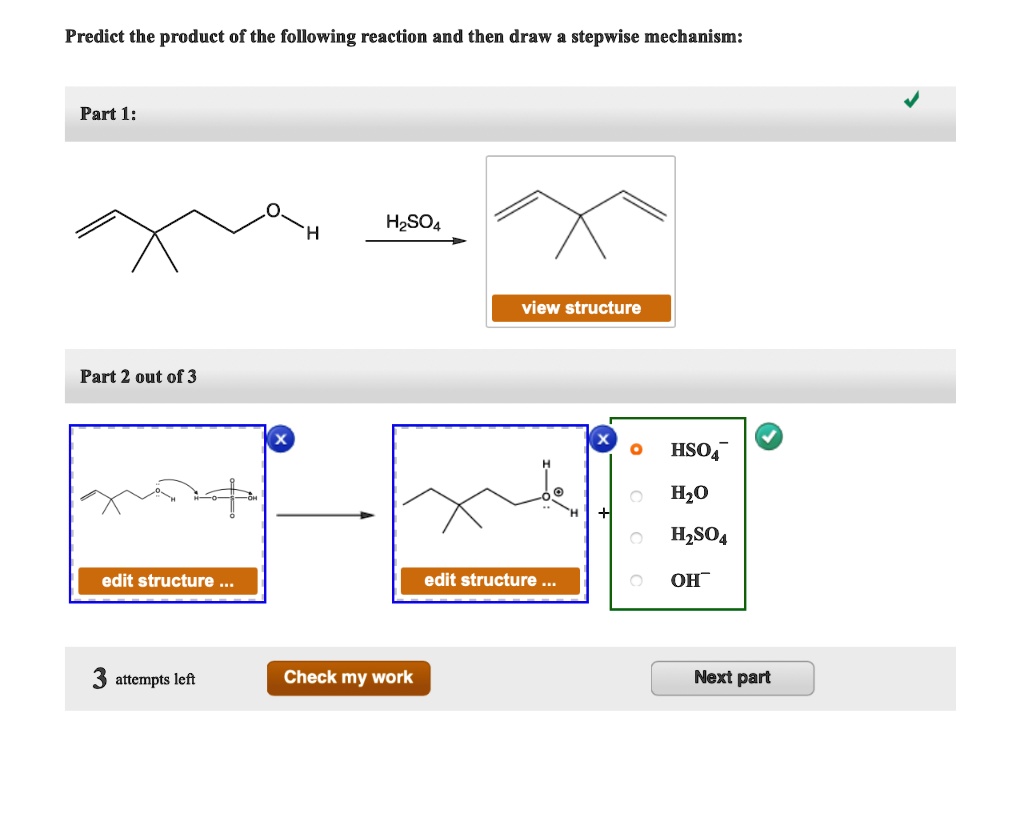
Source Image: numerade.com
Download Image
What is instantaneous rate of reaction? and how we can determine it? | Socratic
Reduction of Carboxylic Acid and Its Derivatives. Carboxylic acid and its derivatives can be reduced by organometallic reagents such as eqLiAlH_4 /eq and eqNaBH_4 /eq. eqLiAlH_4 /eq is a strong reducing reagent and can reduce all the carboxylic acid derivatives to alcohol. eqNaBH_4 /eq is mild and cannot reduce ester and amide.

Source Image: techagekids.com
Download Image
Draw The Product That Results From The Following Reaction.
Reduction of Carboxylic Acid and Its Derivatives. Carboxylic acid and its derivatives can be reduced by organometallic reagents such as eqLiAlH_4 /eq and eqNaBH_4 /eq. eqLiAlH_4 /eq is a strong reducing reagent and can reduce all the carboxylic acid derivatives to alcohol. eqNaBH_4 /eq is mild and cannot reduce ester and amide.
SOLVED:Draw the products of the following reactions: Organic Chemistry. Paula Yurkanis Bruice. 8 Edition. Chapter 17, Problem 28. 1 Remembering General Chemistry: Electronic Structure and Bonding. 2 Acids and Bases: Central to Understanding Organic Chemistry. 3 An Introduction to Organic Compounds: Nomenclature, Physical Properties, and Structure.
Drawing Machine Made with LEGO Technic | Tech Age Kids | Technology for Children
Aug 26, 2023The reaction mechanism (or reaction path) provides details regarding the precise, step-by-step process by which a reaction occurs. The decomposition of ozone, for example, appears to follow a mechanism with two steps: O3(g) O2(g) + O O + O3(g) 2O2(g) Each of the steps in a reaction mechanism is an elementary reaction.
Biology Notes for A level: #22 Summary of Enzymes

Source Image: biology4alevel.blogspot.com
Download Image
Sustainability | Free Full-Text | Carbon Footprint Estimation in Fiber Optics Industry: A Case Study of OFS Fitel, LLC
Aug 26, 2023The reaction mechanism (or reaction path) provides details regarding the precise, step-by-step process by which a reaction occurs. The decomposition of ozone, for example, appears to follow a mechanism with two steps: O3(g) O2(g) + O O + O3(g) 2O2(g) Each of the steps in a reaction mechanism is an elementary reaction.
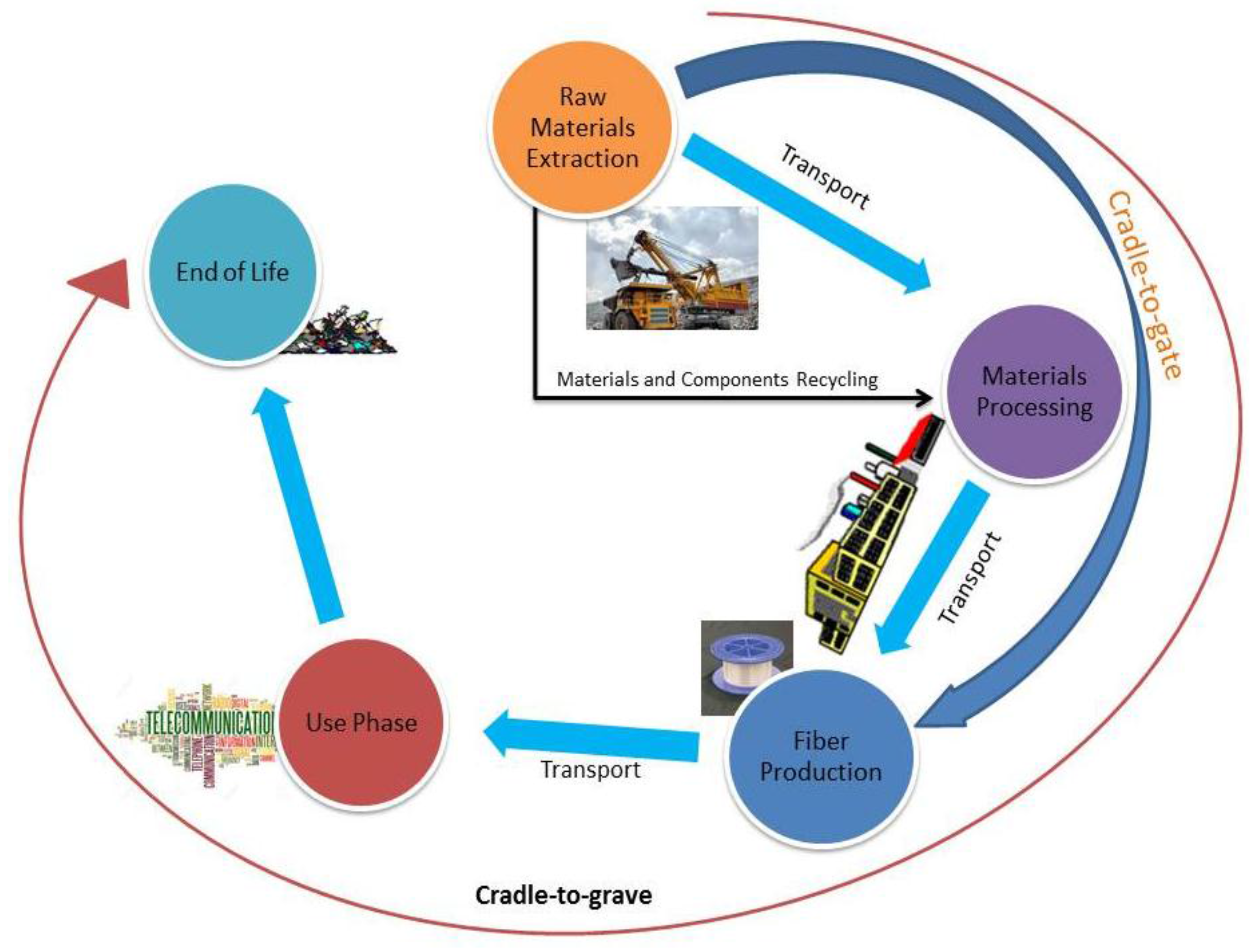
Source Image: mdpi.com
Download Image
Solved Draw the major product(s) that result from the | Chegg.com
Draw the predicted product of the following reaction. Draw the products and mechanism for the following reaction. Draw the product(s) expected from the following sequence of reactions. Draw the expected product of the following reaction. Draw the products for the following reaction. Write NR If there is no reaction. (Image) Draw the major
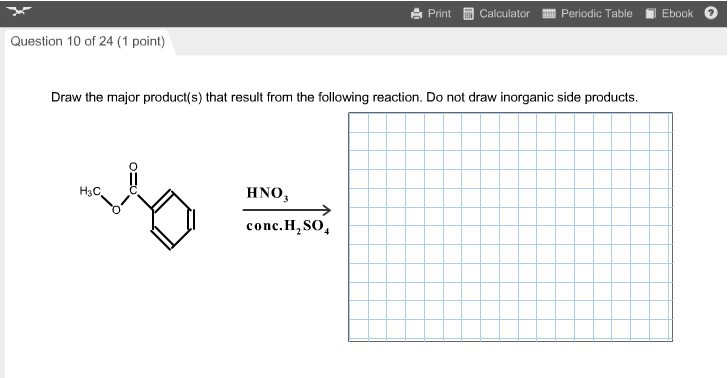
Source Image: chegg.com
Download Image
What is instantaneous rate of reaction? and how we can determine it? | Socratic
VIDEO ANSWER: Okay. This problem is asking us to provide the different products in these different reactions with this compound right here. So let’s go ahead and try this out. … What is the product of the following reaction? Question. Answered step-by-step. Draw the products of the following reactions: Video Answer. Solved by verified expert.
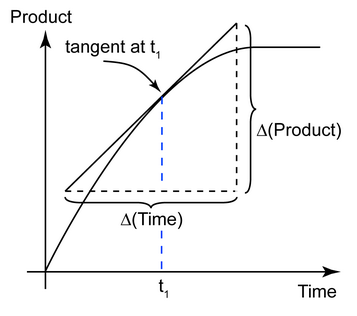
Source Image: socratic.org
Download Image
Draw the products of the following reactions. If the product | Quizlet
Here we will draw the reaction reaction products for part a we have c h: 3, o c h, 3, plus b, f, 3 point. So the product is batht s 3 and c s 3. Here c is 3 ch, 3 ch 3, with oxygen containing lone pairs act act as a space. Lay space and b, f. 3. Is the lives acid in solution for part b?
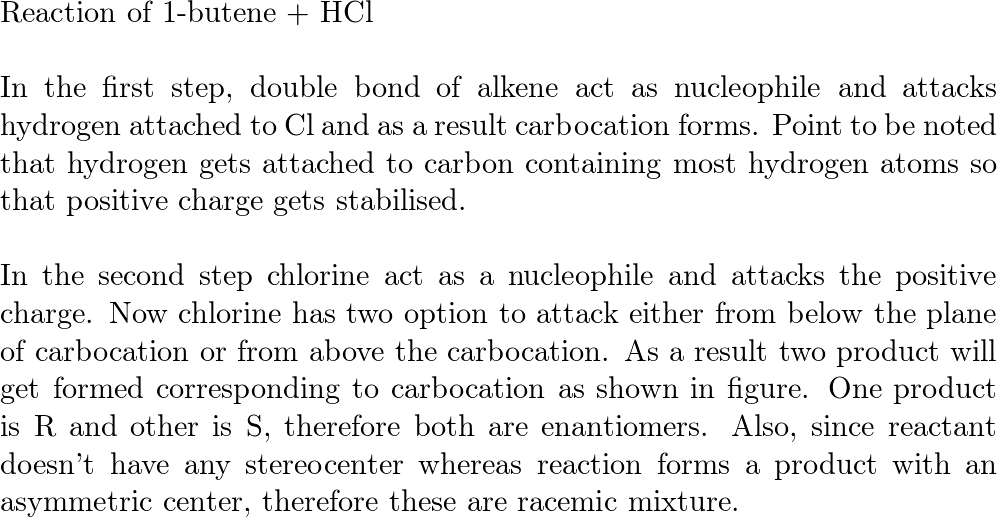
Source Image: quizlet.com
Download Image
Draw the products of the following reactions: – YouTube
Reduction of Carboxylic Acid and Its Derivatives. Carboxylic acid and its derivatives can be reduced by organometallic reagents such as eqLiAlH_4 /eq and eqNaBH_4 /eq. eqLiAlH_4 /eq is a strong reducing reagent and can reduce all the carboxylic acid derivatives to alcohol. eqNaBH_4 /eq is mild and cannot reduce ester and amide.

Source Image: youtube.com
Download Image
Organic Chemistry – Diels Alder reaction Part 2
SOLVED:Draw the products of the following reactions: Organic Chemistry. Paula Yurkanis Bruice. 8 Edition. Chapter 17, Problem 28. 1 Remembering General Chemistry: Electronic Structure and Bonding. 2 Acids and Bases: Central to Understanding Organic Chemistry. 3 An Introduction to Organic Compounds: Nomenclature, Physical Properties, and Structure.

Source Image: alevelchemistrysg.com
Download Image
Sustainability | Free Full-Text | Carbon Footprint Estimation in Fiber Optics Industry: A Case Study of OFS Fitel, LLC
Organic Chemistry – Diels Alder reaction Part 2
Answer: C. Section: 8.3. Predict the major product of the following reaction. Answer: B. Section: 8.3. Name the major product which results when HBr is added to 3-ethyl-3-hexene. Answer: 3-bromo-3-ethylhexane. Section: 8.3. Provide the structure of the major organic product of the reaction below.
What is instantaneous rate of reaction? and how we can determine it? | Socratic Draw the products of the following reactions: – YouTube
Here we will draw the reaction reaction products for part a we have c h: 3, o c h, 3, plus b, f, 3 point. So the product is batht s 3 and c s 3. Here c is 3 ch, 3 ch 3, with oxygen containing lone pairs act act as a space. Lay space and b, f. 3. Is the lives acid in solution for part b?